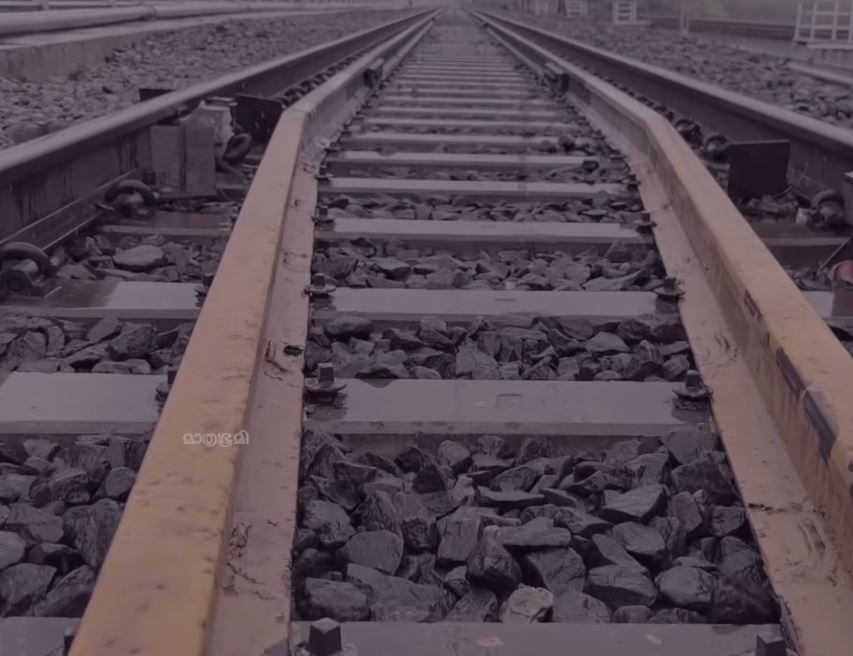
The Kadalundi train catastrophe stunned India on June 22, 2001 when the Mangalore-Chennai Mail veered on Bridge 924 across the Kadalundi River in Kerala. Among the biggest train accidents in the area, the disaster claimed 59 lives or missing as well as injured hundreds.
| Kadalundi Train Accident | Details |
|---|---|
| Date | June 22, 2001 |
| Location | Kadalundi River, Kerala, India |
| Train | Mangalore-Chennai Mail |
| Death Toll | 59 reported dead or missing |
| Injuries | Estimated between 117 to 300 |
| Cause | Bridge collapse |
| Operator | Indian Railways |
| Line | Mangalore-Shoranur Line |
| Reference | Wikipedia |
The train derailment and bridge collapse
Six cars slid off the tracks and three fell into the river as the Mangalore-Chennai Mail train derailed crossing Bridge 924. According to reports, the disaster was caused in part by heavy rain and the precarious state of the bridge, so resulting in a disastrous effect.
Damage and Toll: Casualties
Over several days, rescue efforts turned up bodies from the river, verifying 59 deaths—including those of women and children. Estimates of the number of those injured range from 117 to 300, therefore many more suffered. Survivors related the horrific events wherein the trains sank into the sea, making escape almost impossible.
Emergency Rescue Activities Right Now
First to react were residents, coir workers, and fisherman from surrounding areas, plunging into the river to free people caught. Joining in with approximately 50 divers to support the operation, Fire brigades and the Indian Navy Their efforts helped to lower the possible death toll by giving the injured vital assistance.
The State of Bridge 924
Built more than a century before the catastrophe, Bridge 924 battled under the weight of the train and was in bad shape. Before the catastrophe, heavy rain aggravated the instability of the bridge, causing one pillar to sink into the riverbed and misalign the track, hence causing the derailment.
Conflict Regarding Origin
Although some experts disagreed, the official inquiry linked the catastrophe to the pillar sinking of the bridge. Independent researchers said that the structure of the bridge displayed damage compatible with impact from the train itself, which generated discussion on the actual origin of the derailment.
Long-Term Effects on Rail Services
Train operations along the Mangalore-Shoranur line suffered months of disturbance following the disaster, greatly affecting Kerala commuters. Particularly for older bridges and rails, the catastrophe further underlined the pressing necessity of Indian Railways to upgrade infrastructure and inspection procedures.
Trauma in Public and Family Life
The Kadalundi catastrophe created enduring scars for families of dead and survivors. While survivors battled psychological and physical stress, many relatives laments the death of loved ones. The remembrance of that terrible day still influences the society.
Local Community’s Part in Rescue
One shining point among the tragedy is the bravery of the local people who crossed the river to assist before official relief showed up. Their quick response preserved lives, and the community’s cohesion proved fortitude against disaster.
Results of Inquiries and Arguments
Government investigations turned out that the weak pillar of the bridge was responsible. Some private investigators and experts, however, contended that the train itself might have compromised the bridge’s integrity, therefore raising questions about the accuracy of infrastructure evaluations and the need of improved maintenance.
Like Train Problems
The Kadalundi incident was not isolated. Like similar train mishaps in India, notably the Perumon derailment, highlight ongoing safety issues. Both incidents raised questions about rail safety in sensitive areas since trains crossed deteriorating bridges either during or after heavy rain.
Noting the Deaths
Families and the nearby town honor those who perished in the Kadalundi catastrophe every year. Many people find the anniversary to be a reminder of the possible risks on train networks and the need of giving infrastructure maintenance and safety criteria first priority.
Guidelines for Enhanced Railway Safety
Following events like Kadalundi, Indian Railways has been advised to make investments in more exacting inspection methods, particularly for aged bridges. Still crucial efforts to stop future disasters are modernizing safety procedures and carrying regular assessments.
The Afterglow of the Kadalundi Incident
Tragic incident in Indian railway history, the Kadalundi train tragedy reminds us of the need of maintaining infrastructure. It still motivates demands for thorough changes and emphasizes the need of public transportation safety to save lives and stop further tragedies.
FAQs about the Kadalundi Train Accident
- What caused the Kadalundi train accident?
A bridge collapse led to the derailment of the Mangalore-Chennai Mail over the Kadalundi River. - How many people died in the Kadalundi train accident?
The accident claimed 59 lives, with many more injured. - When did the Kadalundi train accident occur?
It happened on June 22, 2001. - Which train was involved in the Kadalundi accident?
The Mangalore-Chennai Mail was the train involved. - What was the primary cause identified for the bridge collapse?
Investigations indicated that a weakened bridge pillar sank into the riverbed due to heavy rains.
